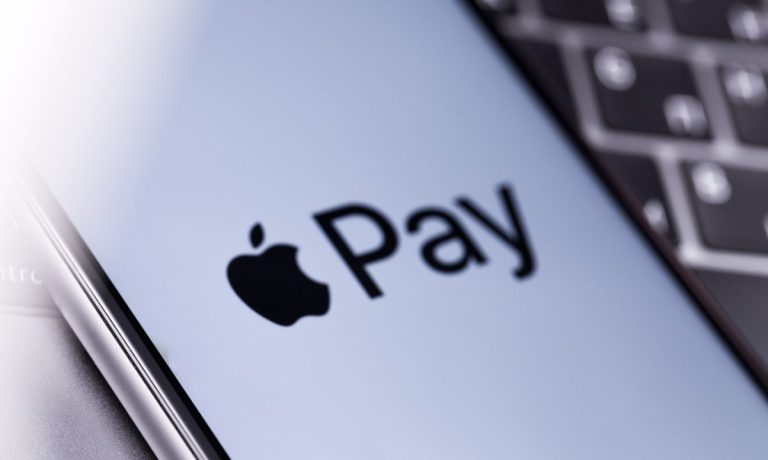Apple Pay Later Rollout Begins With Select, Invited Users

Apple has begun rolling out an installment payments program that’s built into the Apple Wallet.
The new Apple Pay Later was released to select, invited users Tuesday (March 28) and will be expanded to all eligible users in the coming months, Apple said in a Tuesday press release.
With this new product, Apple Pay users can split purchases into four payments spread over six weeks while paying no interest and no fees. They can apply for Apple Pay Later loans of $50 to $1,000, use them for online and in-app purchases made on iPhone and iPad, and then track, manage and repay the loans in Apple Wallet, according to the release.
“Many people are looking for flexible payment options, which is why we’re excited to provide our users with Apple Pay Later,” Jennifer Bailey, Apple’s vice president of Apple Pay and Apple Wallet, said in the release. “Apple Pay Later was designed with our users’ financial health in mind, so it has no fees and no interest, and can be used and managed within Wallet, making it easier for consumers to make informed and responsible borrowing decisions.”
Merchants that accept Apple Pay do not need to do anything to implement Apple Pay Later; it will be offered as an option to their customers during checkout online and in apps on the iPhone and iPad, according to the press release.
Apple Pay Later is enabled through the Mastercard Installments Program and its credit assessment and lending is done by Apple subsidiary Apple Financing LLC, the release said.
“Apple Financing plans to report Apple Pay Later loans to U.S. credit bureaus starting this fall, so they are reflected in users’ overall financial profiles and can help promote responsible lending for both the lender and the borrower,” Apple said in the release.
PYMNTS research has found that more than three-fourths of major retailers in the United States accept Apple Pay, and close to 50% of American consumers are iPhone users.
However, Apple Pay accounts for just 2.4% of overall in-store purchases, according to “Apple Pay @8: Connected-Tech Consumers Lead the Way.”
It accounts for a larger share — 4.3% — of the total amount spent on online purchases, according to another PYMNTS report, “Digital Economy Payments: The Ascent of Digital Wallets.”